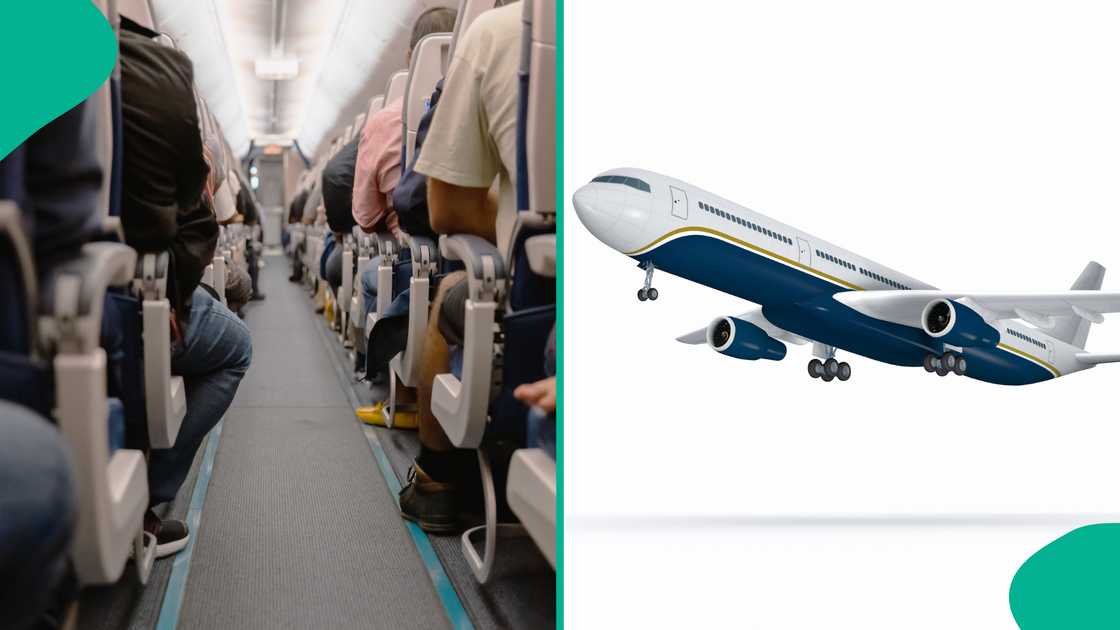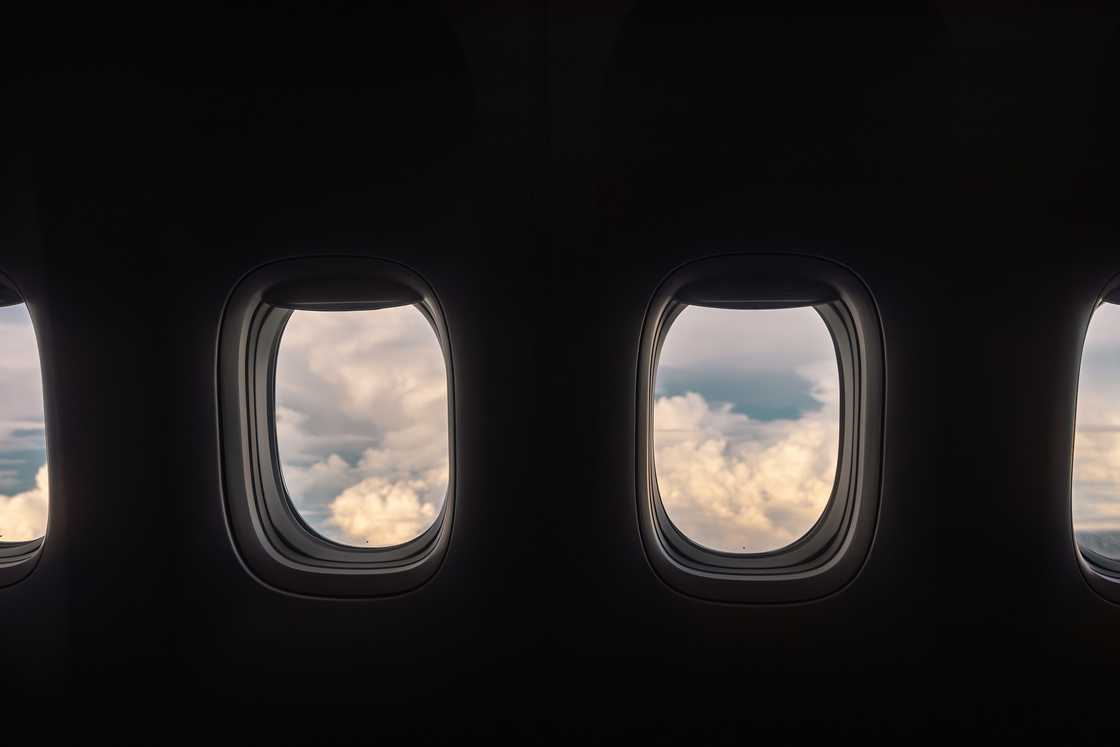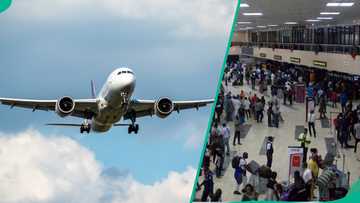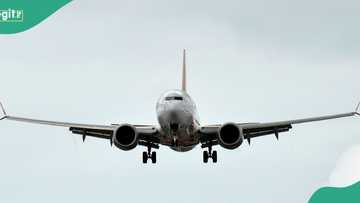Flight Attendant Explains Reason They Sit on Their Hands During Plane Take-Off and Landing
- Flight attendants practice unique habits during flights, including using shorthand communication and adopting specific seating positions during take-off and landing
- Sitting on their hands, a widely misunderstood habit, is actually a safety protocol designed to reduce injuries in potential emergencies
- Differences in the brace positions for cabin crew and passengers underline the critical focus on safety in aviation practices
Flight attendants are known to adopt unique habits and practices while onboard, often leaving passengers curious about the reasoning behind these actions.
One particularly intriguing example is the shorthand language they use to communicate efficiently, along with their distinct seating positions during take-off and landing.

Source: Getty Images
Secret behind sitting on hands
One widely misunderstood habit of flight attendants involves sitting on their hands during take-off and landing.
Contrary to popular belief, this is not to keep their hands warm. The practice, as revealed by Henny Lim, a Cebu Pacific flight attendant from the Philippines, is tied to safety protocols for potential emergencies.
Lim, in a discussion with PEOPLE, explained that the position ensures that the body is kept rigid. She noted, “The aim is to keep the body in a rigid pose, so that if there was any impact from an unplanned emergency, the body is less damaged. This keeps body movement restricted so that there is less chance of injury if there was an impact.”
The position also involves sitting upright, with palms facing up, arms loose, and feet flat on the floor. This precise stance is designed to prepare the cabin crew for "unplanned emergencies."
Why the brace position is essential
The significance of the brace position was echoed by another flight attendant, Anusha Pratima, who shared insights on Quora.
She explained that during critical phases of the flight such as take-off, landing, and taxiing, the crew must remain alert to possible dangerous situations. The brace position, according to her, restricts the movement of limbs and the spine, reducing the likelihood of severe injuries upon impact.
Pratima highlighted, “Brace positions restrict the movement of your limbs and spine which allows lesser damage to the body upon impact.”
Difference in brace positions for passengers
Interestingly, the brace position for passengers differs from that of the crew. According to Simple Flying, passengers are advised to bend their upper torso forward and place their heads against the backrest of the seat in front.
Additionally, they are instructed to place their hands flat beside their heads against the seat.
These adaptations in seating positions underline the critical role of safety protocols in aviation. Whether it is the shorthand language or their precise seating habits, flight attendants' seemingly unusual actions are deeply rooted in ensuring the safety of all on board.

Source: Getty Images
Airpeace flight attendant chats with Billionaire Obi Cubana
Legit.ng earlier reported that a Nigerian flight attendant recently engaged in a conversation with billionaire Obi Cubana following his arrival on an Air Peace flight.
In a short video clip, she asked him about his experience during the flight. Obi Cubana revealed that he spent most of the journey catching up on sleep, which is why he didn’t eat.
He implied that his restful sleep was a sign of an enjoyable and smooth flight. The video was posted by @asanwaofficial.
PAY ATTENTION: Сheck out news that is picked exactly for YOU ➡️ find the “Recommended for you” block on the home page and enjoy!
Source: Legit.ng





